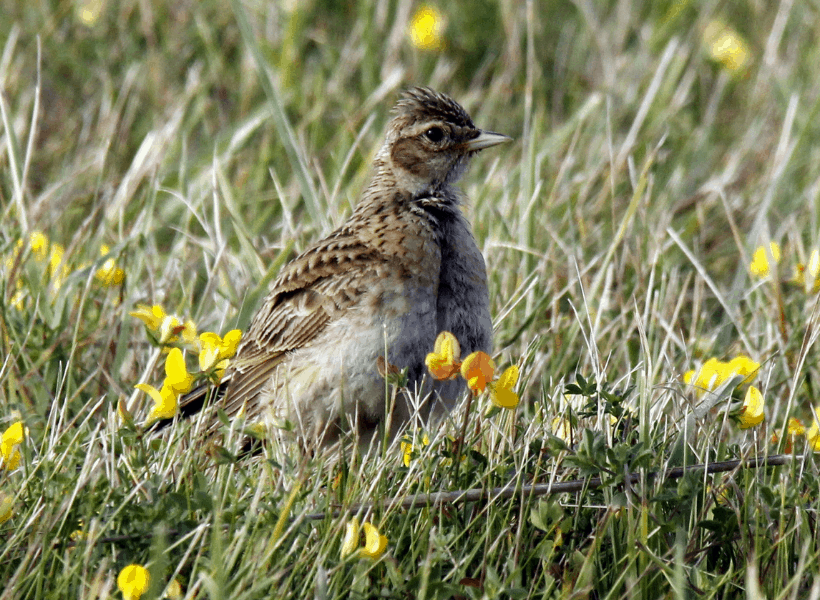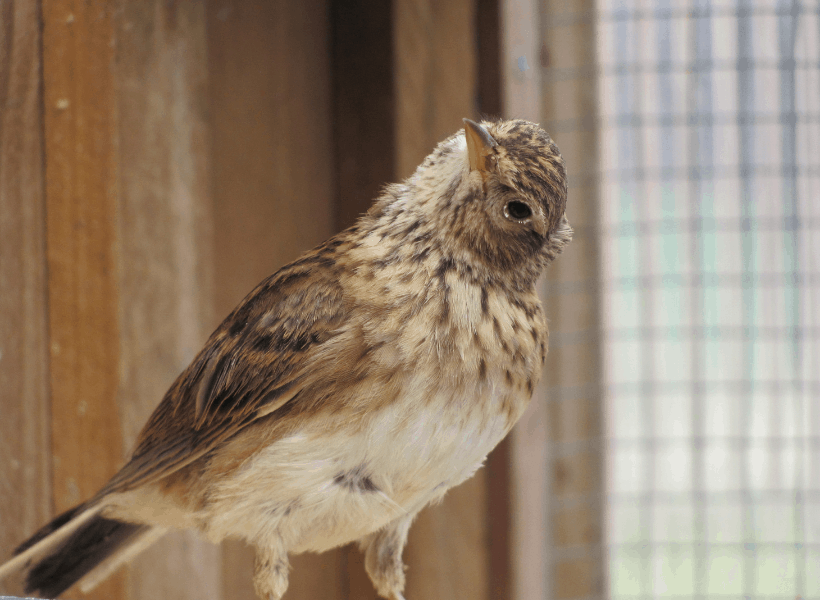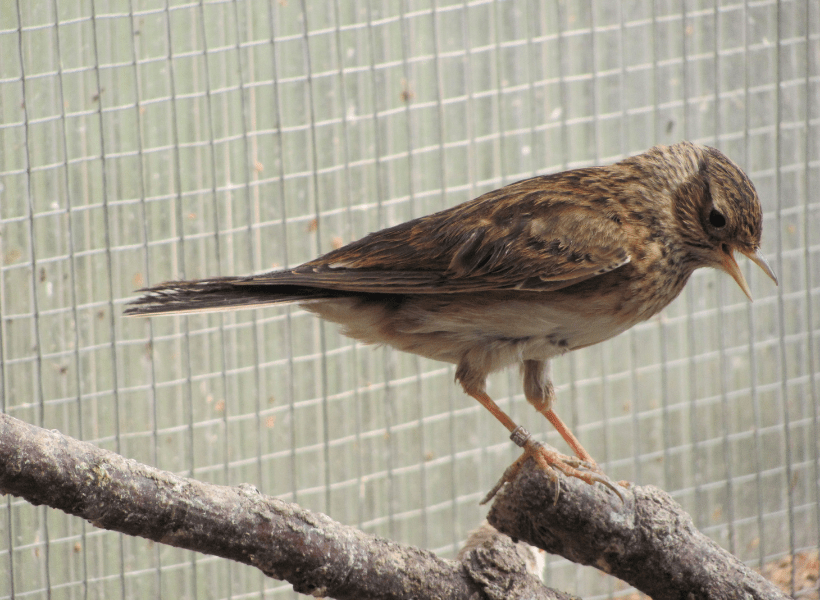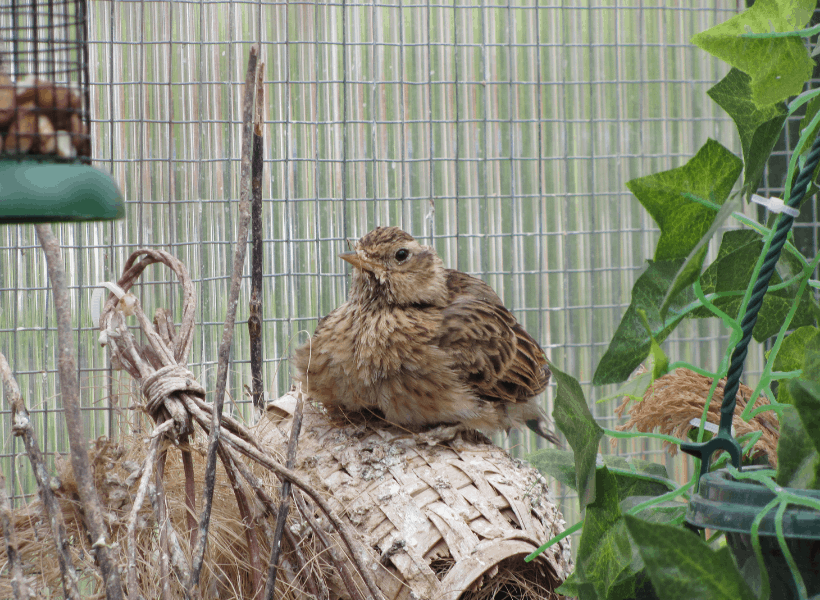Generally, my aviary is based around the finches, from the exotic ones to the canaries and a few British birds. One resident was from a completely different family and was a bird that has brought me endless joy in the time I had him – my Eurasian Skylark. But what are these birds like in captivity?
Meet the Skylark
The Eurasian skylark is typically found across most parts of Asia, Europe and even in the mountainous areas of northern Africa. Some of the populations are migratory where the winters get colder though the British population typically stays put all year round. These are birds of the fields and farmlands as well as upland moorland areas who are often invisible when on the ground but noticed best when in the air, as this is when they sing.
The skylark is a shades of brown bird that, for some, may not look the most impressive. They are 16-18cm in length with the male being broader across the wingspan than the female. This is likely because the best singers get the female and this song is performed on the wing, so strong and broad shoulders are needed!

Unfortunately, in the wild, this species is classified as Red List in the UK because it has seen a dramatic decline in population in recent years. Much of this is due to loss of habitat – the tidiness of the farmers, for example, can often deny the larks their homes. A program based on the evidence of various studies has encouraged the creation of plots for the birds or areas that are left a little wilder at the edges of fields to help stabilise their population.
In the wild, the skylark is a ground nesting bird, another reason it has been effected by changing farming and land use practises. It makes a nest that can be difficult to spot and some three to six eggs are laid, normally in June though sometimes a second and third batch is laid. Their incubation period is quite quick, probably due to their ground location, lasting just eleven days after which both parents feed the chicks and they fledge at 18-20 days old.
Living with a skylark
My own experiences with the skylark is based around one single bird who we called Larkie, sometimes Larkin and sometimes ‘that crazy bird’. I picked him up at an annual local sale just after I finished my aviary after a chat with his former owner to ensure I could give him the right home. From the start, he was a fascinating character.

One of the first things you notice about the skylark is their flight. In the fields they typically fly straight up until they reach their singing height and flutter their while serenading their female. In a flight, Larkie tends to have a looping flight, constantly tapping the ceiling as if to be sure where his limits are. He rarely flies straight to any spot so when he starts to fly, we usually stand still or get hit by a looping lark.
I realised finding him a mate could be tricky but sadly the search remained unsuccessful. There seem to be only a handful of captive bred skylarks around the country and finding a female has been a nightmare. Nevertheless, Larkie was a treasure to have and he lived to a grand age of 11.
Feeding the skylark
Larkie lives in a mixed flight with a number of smaller finches as well as canaries and a few other species. Generally, he has little interaction with the others. Sometimes, he will make a high pitched shrill noise to chase others away from a food bowl he is using.

Even more occasionally, he will chase them from ground food bowls, squawking and flapping his wings but the little birds simply circle around him and carry on so he mustn’t have much street cred with them as a big, bad bird.
The famous Skylark song
Where Larkie is truly outstanding is his song. I have had several canaries who are excellent singers but none can touch Larkie when in full flow. In fact, the canaries often shut up and enjoy the show themselves. He only sings in spring and didn’t sing much in his last year. In the wild, larks sing in the air but mine is happy to sit on a high perch or nesting box and serenade us.

I have enjoyed every moment of having this crazy bird and I wouldn’t hesitate to try to get another pair when I have the right conditions – maybe one day I can see their adorable little chicks for myself!